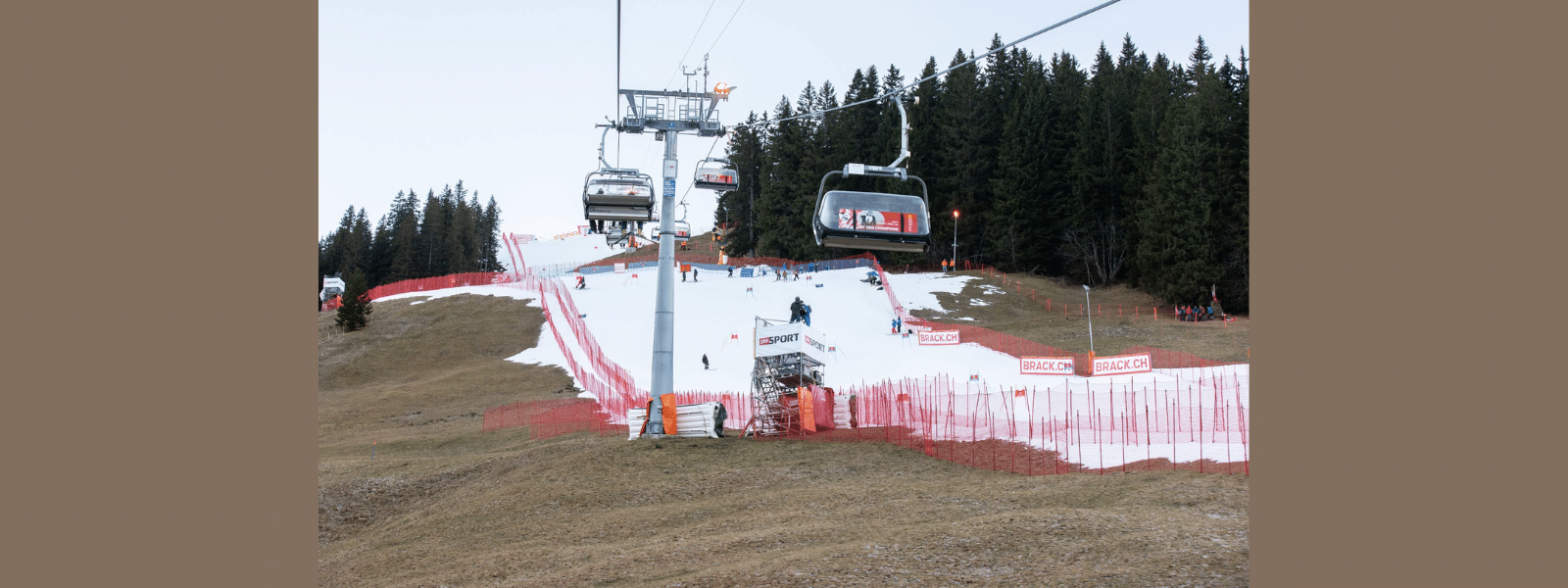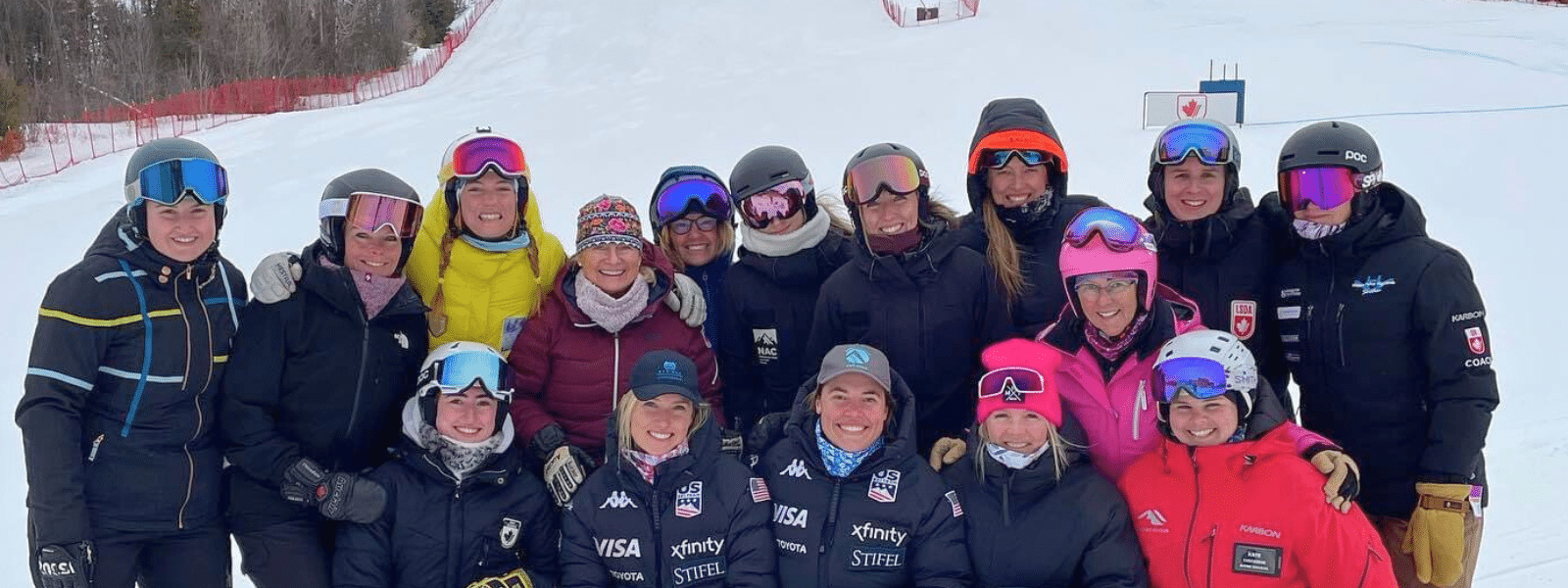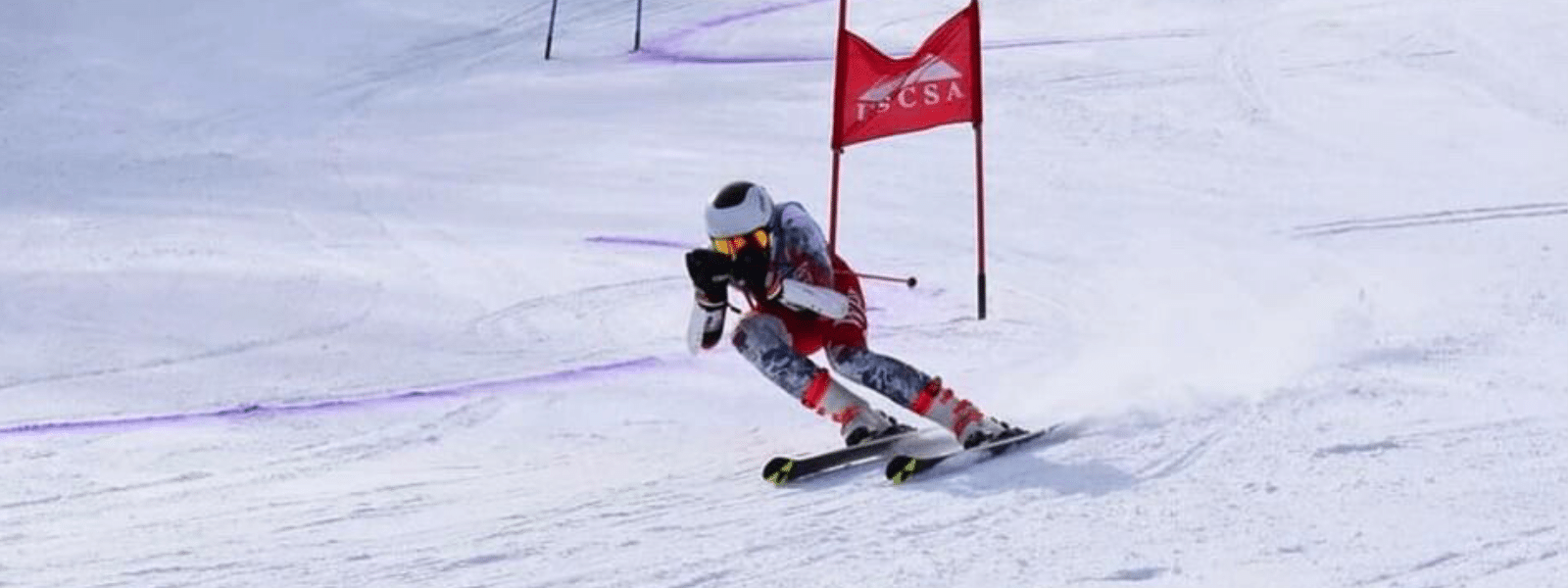In-Season Strength Training – Why, When, What, How?
Amid the extensive travel, early mornings, long days on the hill, racing, more travel, more training, more racing, physio work, team dinners, holidays at home, travel again, and more racing, it’s hard to find the time for in-season strength training. It’s even harder to find the time for it when you aren’t exactly sure why you should be doing it or what you should do. But I can assure you that it’s worth it. And I hope if you’re on the fence, I can win you over and leave you looking to make time to keep your strength work rolling through the ski season.
WHY
The lower an athlete’s training age (meaning the number of years the athlete has spent in a focused dryland program), the faster the improvements come. If you’ve never trained in your life, you’ll be blown away by how quickly your weights progress in a well-structured training program. But the same is true for the regression – the lower your training age, the faster your gains fall off. While a more seasoned veteran can step away from gym sessions for weeks at a time and return back to his previous best within a few weeks, younger athletes tend to lose their gains more rapidly.
In the introductory article to this series, I reference a study that showed an eight percent loss in strength after the trained group took five weeks off upon entering their season. The kicker is this: They had trained for 25 straight weeks prior to these five weeks off, yet the majority of them returned to their previously-trained baseline. That’s wild! Granted, this was a group of cyclists, which is quite different from ski racing (specifically regarding the muscular loading – it’s way higher in ski racing), but still, the takeaway is that the “use it or lose it” principle is quite a real thing.
Another consideration in ski racing is that the quadriceps experience far more loading than any other muscle group. This overloading of the quads day in and day out is great for quad development, however the antagonist muscles, like the hamstrings, are getting far less exposure to stress. In any one given day, this isn’t too concerning. Repeat this for weeks in a row, however – this overloaded-quads, underloaded-hamstring scenario, and you’ll soon find yourself with some interesting imbalances. Balance and health are closely tied, so maintaining strength across the body is one of the best “injury prevention” tools out there. [Side note, in a huge meta-analysis, strength training was found to be the only training modality shown to decrease the risk of injury in athletes.]

WHEN
Ok, ok, you’re in. You see the importance of continuing to strength train in-season. But where on earth do you fit that into your daily and weekly calendar? How do you have the energy for it? How do you make it work? And what kind of timing is best? Our current U.S. Ski Team athletes do some form of dryland every single day, so I can tell you firsthand that it is possible, however there are some baseline checklists that need to be met.
All the low-hanging fruit surrounding your recovery must be dialed in. If you aren’t getting enough sleep (we’re talking 8, 9, maybe even 10 or 11 hours of high-quality sleep), you won’t be able to handle dryland on top of big sessions on the hill. Sleep is the absolute most important piece for recovery. Close behind it? Fueling! And with your huge volumes of training, are you eating enough? Your body needs that fuel to recover. And just as important as the food you’re taking in is the water you’re consuming. A well-rested, well-fueled, well-hydrated athlete is ready to do anything. Including in-season strength training.
Now that we have those basics covered, let’s discuss the timing of a strength session. The best over-arching answer I can give is to lift heavy after your last on-hill session before a day off. That maximizes the amount of time your body has to recover prior to your next on-hill session, so that’s the easiest answer. For example, if you’re running a 4-on, 1-off schedule, you may train on the hill Monday/Tuesday/Wednesday/Thursday, then rest Friday, so on that Thursday afternoon after you’ve trained in the morning and had a good lunch, hit the weight room hard! One thing worth noting here – as you begin your weight room warmup, and likely even as you ease into your heavier lifting sets, your body probably won’t feel too good. You may feel tired, groggy, or sore from the skiing, but know that this timing is best. If you waited until you were fresh to lift, you’d never lift again!
A second piece you’ll want to teach yourself is this: it’s ok if you’re a little sore once you get back on skis. Your body will not always be 100% on race days, nor will be it always be 100% on training days – this is something you’ll have to learn to work through as a competitor! Talk to the athletes on the road for the World Cup season and you’ll find that the same is true for them. Learning to work through that and still make the absolute most of every session regardless of whether you’re a little sore or a little tired is a skill that will set you apart in the future.
Lastly, if you’re not in the middle of a traditional “X days on, Y days off” type of schedule, consider lifting 4-6 days before a race (depending on how your body recovers and how you feel) as well as on race day following your race. The 4-6 days-out lift will push your body slightly into the tank, but with 5 days left to recover, your body will supercompensate from the stress and you’ll be optimized for race day. Following your race, consider getting another strength session in as well. Race days are what we consider “high stress” days, and a small piece of periodization is to give your body some high stress days and some low stress days, mixing those appropriately to maximize performance. If your body is going to be stressed hard on a race day, you may as well put a lift in on that day and then take the next couple days to recover.
WHAT
That “What?” question is a big one – what exactly should you be doing? This will certainly vary massively depending on your age, training age, current fatigue levels, current fitness levels, goals, time of year, and more, but with that disclaimer out of the way, there are a few considerations I can write out:
1. Warm up, power exercise, squat pattern, single leg pattern, push, pull, cooldown. If you fill in the blanks here, making adjustments for the equipment and space you have available, you’ll be off to a good start.
2. Low rep, high intensity, low total volume. The key to maintaining strength is to keep intensity high. Intensity is a measure of how heavy something is, or how close it is to your max. You don’t need a lot of reps per set, or a lot of total reps for the day (your total volume), but you do need to tap into 80%+ of your max to keep your strength numbers up. Consider doing 2-3 working sets (“working sets” = the heavier sets after your warmup sets) of 2-4 reps per set, then moving on. 3-5 total exercises is all you need!
3. Minimize risk, maximize reward. Stick to compound, major-muscle-group movements that have a notoriously high “bang for the buck”. If you’re only picking 4-5 total exercises, does a banded, rope tricep push-down really make the cut? Probably not. How about an inchworm pushup instead? Hits your shoulders, triceps, chest, and core, all in one. That’s my kind of movement. Have back issues? Why not try a heavy DB reverse lunge instead of a heavy back squat, especially in the days leading into a race or high-volume training? Of course, the root cause of the back issue should be addressed so we can get you back to squatting, but days out from a race isn’t the best time to be focusing on that!
4. Stay consistent. What’s the leading cause of soreness? Taking a lot of time off from heavy weight training then jumping back into it. I say that as if I researched it, but it’s a bit more anecdotal – if you stop lifting for a while then start lifting again, the reality is that you’re going to be quite sore for a week or so. But if you say consistent, training once every 5-7 days, your body will eventually adapt to that stress and you’ll likely have days where you aren’t even sore at all! Does that mean you aren’t lifting heavy enough? Nope! That’s a common misbelief. It IS possible to make strength gains even when you’re not getting sore from the sessions.
HOW
The last big question is “how” – “How do I strength train when I don’t have equipment on the road?” If you’re on the NorAm circuit, the answer is a bit easier – the U.S. and most parts of Canada have gyms everywhere! But even then, gyms cost money and money isn’t free, so what’s the backup plan? Creativity. Ski bags make great barbells. Best friends jumping on your back make great back squat weights. Bands are cheap, light, easy to travel with, and highly effective. Bodyweight movements can suffice as well, especially when a focus is placed on perfect movement compounded with speed of movement, pauses, tempos (i.e. “slow on the way down, FAST on the way up”), or single leg movements. Have you ever done a perfect single leg squat with a 5s eccentric, a 3s pause at the bottom, and a fast drive up? Even just one of those is hard!
Another creative option is to buy a waterbag. Waterbags take up almost 0 space in a suitcase and weigh next to nothing, but can be filled often up to 70 pounds or more, making them great for on-the-road strength training. You can adjust the water levels to adjust the weight, which also leads to some fun instability training as well. On top of some of these items, I also include in my own dryland bag jump ropes, carpet sliders, minibands, a TRX, and a yoga mat; all of which are light and highly potent.
I hope with these guidelines and suggestions in mind you’ll begin (or continue to) incorporate in-season strength training into your program. These sessions can be short – as short as 45 minutes, from the start of the warmup to the cooldown – but keeping them plugged in through the winter will ensure you’re not having to start over from square 1 at the beginning of every summer.





















